
Education
The world is a classroom
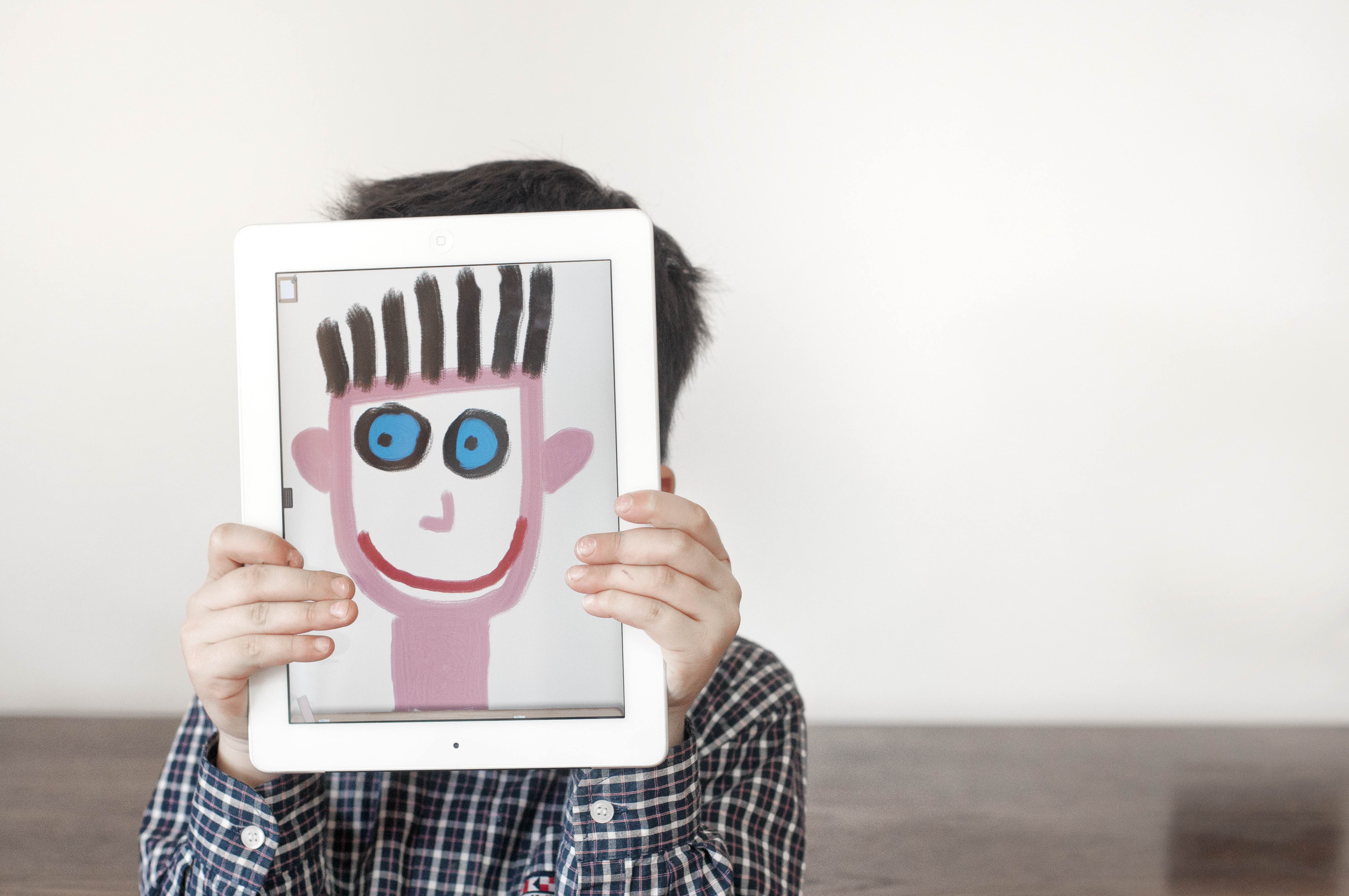
As schools across the globe have settled into online teaching, the next step will be how to teach social emotional learning in digital classrooms
Published 19 May 2020
COVID-19 has caused major disruptions to education globally. Data released by UNESCO on in late March, showed that 138 governments had ordered country-wide closures of their schools.
A staggering 80 per cent, or more than 1.3 billion, of the world’s students are learning remotely.
Schools and larger education systems have rallied to the charge and swiftly moved through two clear stages of change in the move to distance learning.
The first focused on determining the technology platforms to use. The second stage has focused on adapting the delivery of academic curriculums for remote learning environments.
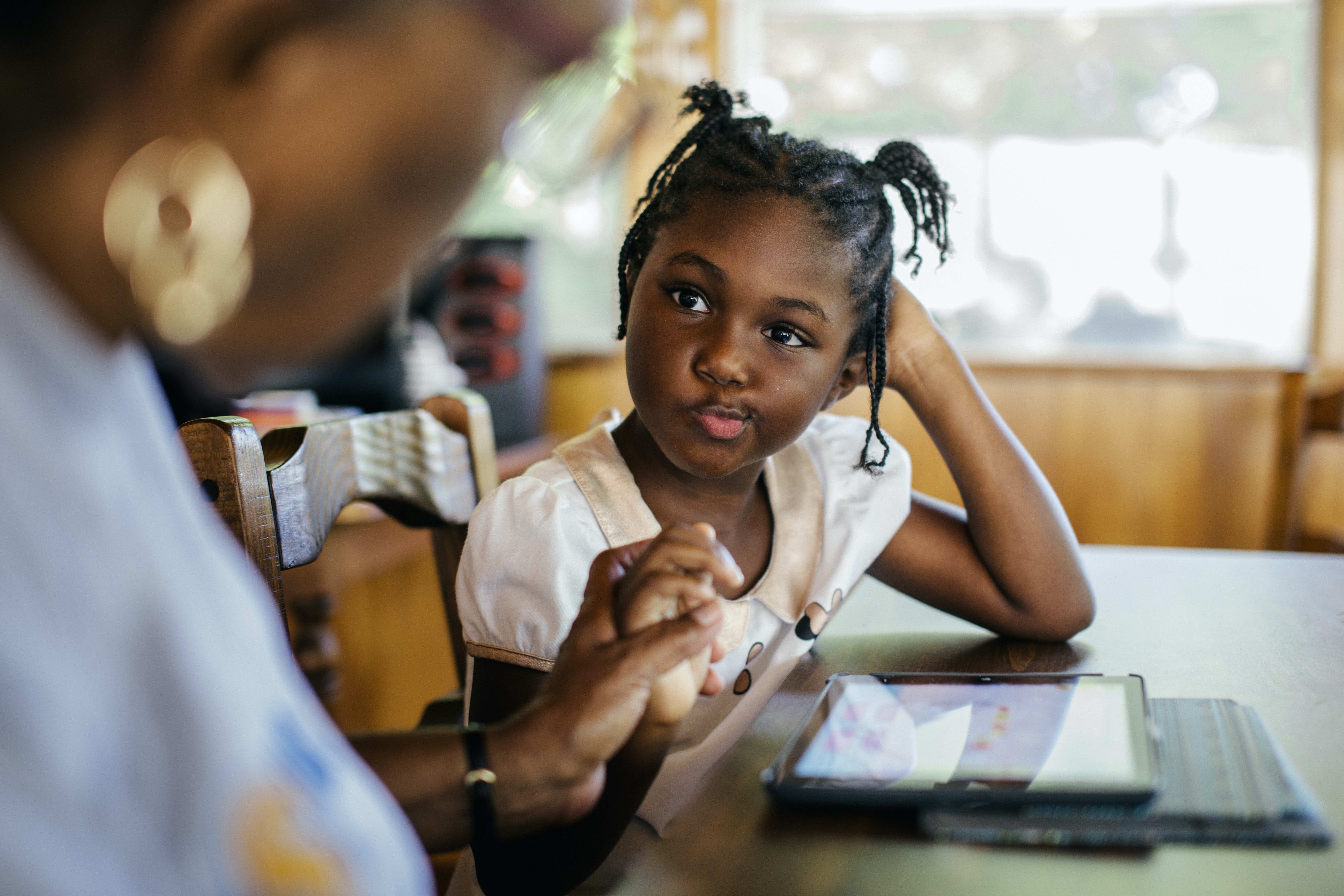
These two stages are still in progress and teachers are on a steep learning curve.
But as the dust begins to settle on Stage 1 (technology) and Stage 2 (academic curriculum), it has become apparent that a third stage is now needed in schools across the globe – how to teach social emotional learning in digital classrooms.
Indeed, now more than ever, the mental health of our students is at risk with youth anxiety about the coronavirus rising and our young people feeling isolated, disconnected and confused.

Education
The world is a classroom
While your inclination might be that teachers and students need to be in the same room for social emotional learning to take place, research suggests otherwise.
Today’s students have grown up as digital natives and are adept at learning online.
These days, young people are pro-actively using technology platforms to understand and improve their own wellbeing via chat rooms, wellbeing Apps, social media, support groups and online psychology forums.
Given that young people are already using technology to learn about wellbeing, it bodes well for schools to deliver social emotional teaching through virtual classrooms.
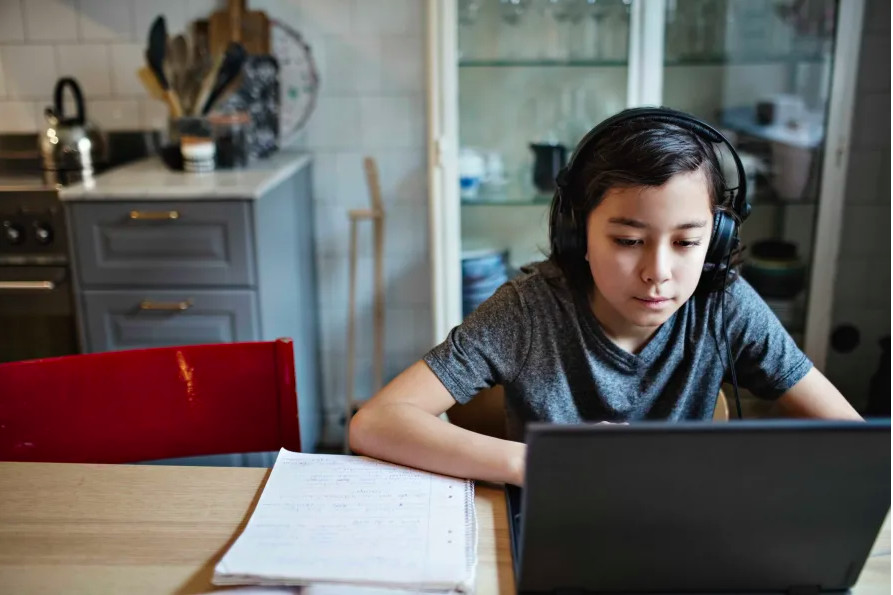
Social emotional eLearning, is a new frontier and although there are numerous programs available – often known as e-mental health programs – it is fair to say that scientific evaluations of the effectiveness of these programs is still in its infancy.
To date, social emotional eLearning for school students come in a range of digital delivery modes including online real time e-pastoral care programs, computer-mediated student assignments, virtual game-based delivery, asynchronous online wellbeing courses, and Apps.

The content of these eLearning programs cover wellbeing topics such as empathy, mindfulness, acceptance and commitment (ACT) therapy, cognitive-behaviour training, sleep hygiene, impulse control, communication, cooperation, and emotion regulation.
Scientific evaluations have found that these eLearning programs significantly reduce depression, lower anxiety, promote fewer sleep problems, lead to increased life satisfaction, better psychological wellbeing, higher self-awareness, group cohesiveness, positive relationships and social satisfaction .
The research from student social emotional eLearning is promising.
But, there is still only a small number of scientific evaluations, so school leaders are left in the difficult position of knowing they must act quickly to support the pressing mental health needs of their students but with a very small evidence-base upon which to make informed decisions.
In adult patients, internet therapy interventions have been shown to successfully treat anxiety, depression, traumatic stress, eating disorders and addiction, provided people adhere to the treatment protocols.
This suggests that mental health can be positively influenced without the psychologist and patient having to be in the same physical room.
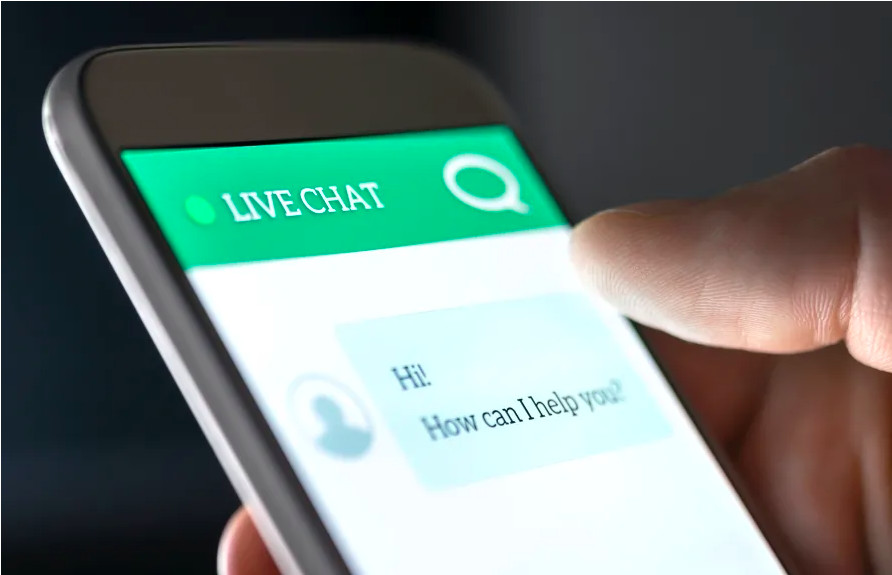
While the e-therapy research is informative and helps build the case for the development of digital wellbeing school programs, we must be clear that our focus is not therapeutic interventions delivered to patients to reduce psychopathology, but on promotion-oriented programs taught to students to build positive mental health.
This leads us to look at the promotion-oriented approach of e-positive psychology.

Health & Medicine
Dealing with feelings about COVID-19
As a new field in the past six years positive psychology researchers have developed asynchronous online sites that teach adults how to implement positive psychology exercises.
These include on topics like gratitude, strengths use, positive reminiscence (reflecting on positive moments), positive communication (active-constructive responding), savouring, thinking of ‘three good things’ each night and writing a positive eulogy (how you would like to be remembered).
Published evidence shows that the virtual teaching of positive psychology boosts resilience and personal wellbeing as well as reducing depression, anxiety and the experience of daily physical pain.
Digital wellbeing programs for schools can provide the sweet spot between real time e-therapy and self-guided e-positive psychology.
It can do this by adopting the synchronous and relational aspects of e-therapy (the teacher is online in real-time teaching the students) with the promotion-oriented focus of e-positive psychology teaching concrete wellbeing exercises on topics like strengths, gratitude, positive communication and so on.
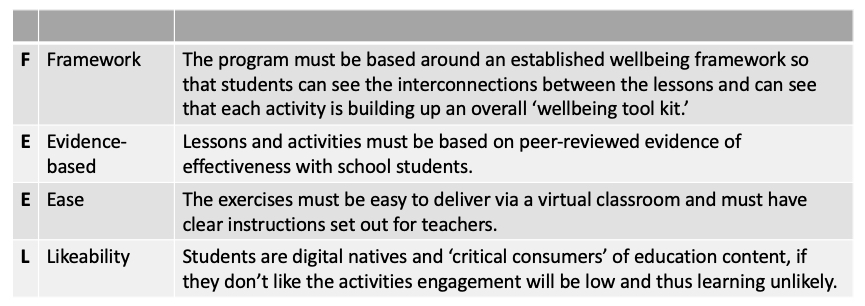
With all the challenges that the COVID-19 pandemic has created in our education systems, there are also some positive opportunities to come out of this disruption.
One is the creation of high quality social emotional eLearning programs that are sorely needed during the crisis but can also lead to longer-term benefits after the pandemic.
This means making digital wellbeing lessons accessible to students in remote areas and to students who are home schooled (the most recent figures come from 2018 and place this number at 1,642,027 in the USA), as well as allowing students who return to mainstream schooling to engage in wellbeing activities at home outside of school time.

A range of virtual wellbeing programs and courses have entered the market since the onset of the COVID-19 pandemic to meet the global need.
School leaders and teachers should assess these offerings first and foremost upon the reputation and credibility of the person or team designing them.
Additionally, these social emotional eLearning programs can be assessed upon the FEEL criteria.
Schools are faced with an urgent need to find ways to protect and build student mental health during COVID-19. Although social emotional eLearning is a new frontier, we can draw from evidence from e-therapy and e-positive psychology to have confidence that digital wellbeing programs will be of benefit to students.
The FEEL criteria will assist school leaders and teachers to mobilise this essential ‘third wave’ of remote learning.
Banner: Shutterstock